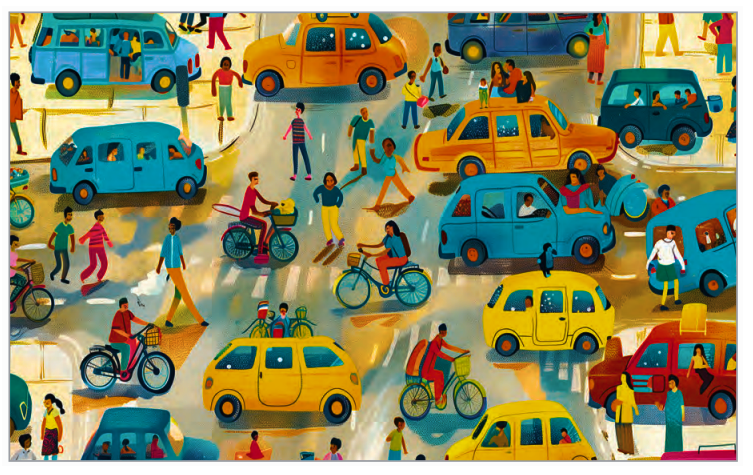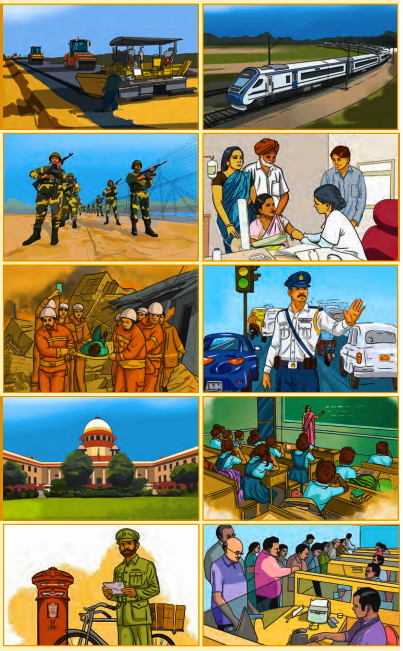Class 6 Social Science NCERT Solutions for Chapter 10: Grassroots Democracy — Part 1: Governance - FREE PDF Download
FAQs on NCERT Solutions for Class 6 Social Science Chapter 10 Grassroots Democracy ??Part 1 Governance
1. What is covered in Chapter 10: Grassroots Democracy?
This chapter explains the structure and functioning of local governments and the importance of democracy at the grassroots level.
2. How do NCERT Solutions help in understanding Chapter 10?
NCERT Solutions provides detailed answers and explanations, helping students understand key concepts and prepare for exams.
3. Are these NCERT Solutions for Class 6 Social Science Chapter 10: Grassroots Democracy — Part 1: Governance aligned with the latest CBSE syllabus?
Yes, the solutions are aligned with the latest CBSE syllabus and guidelines.
4. What is the significance of grassroots democracy?
Grassroots democracy focuses on citizen participation at the local level, ensuring that communities have a say in governance and decision-making.
5. How are local governments structured in India?
Local governments in India include bodies like panchayats in rural areas and municipalities in urban areas, working under state government supervision.
6. Why is grassroots democracy important for students to learn?
It helps students understand the importance of participation in local governance and how it impacts their communities.
7. How do NCERT Solutions for Class 6 Social Science Chapter 10: Grassroots Democracy — Part 1: Governance help in exam preparation?
The solutions provide step-by-step answers to textbook questions, helping students understand concepts and practice effectively.
8. Can NCERT solutions for Class 6 Social Science Chapter 10: Grassroots Democracy — Part 1: Governance help in solving textbook questions quickly?
Yes, the solutions offer ready-made answers to all textbook questions, saving time and effort in exam preparation.
9. Are NCERT Solutions for Class 6 Social Science Chapter 10: Grassroots Democracy — Part 1: Governance available in PDF format?
Yes, students can download NCERT Solutions for this chapter in PDF format for easy access and revision.
10. How do NCERT solutions for Class 6 Social Science Chapter 10: Grassroots Democracy — Part 1: Governance promote critical thinking?
By providing explanations and answers, the solutions encourage students to think critically about local governance and democracy.

























